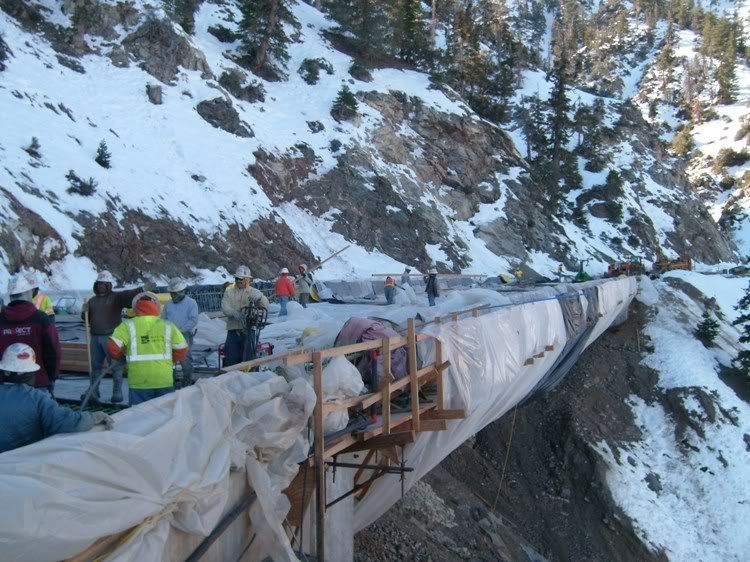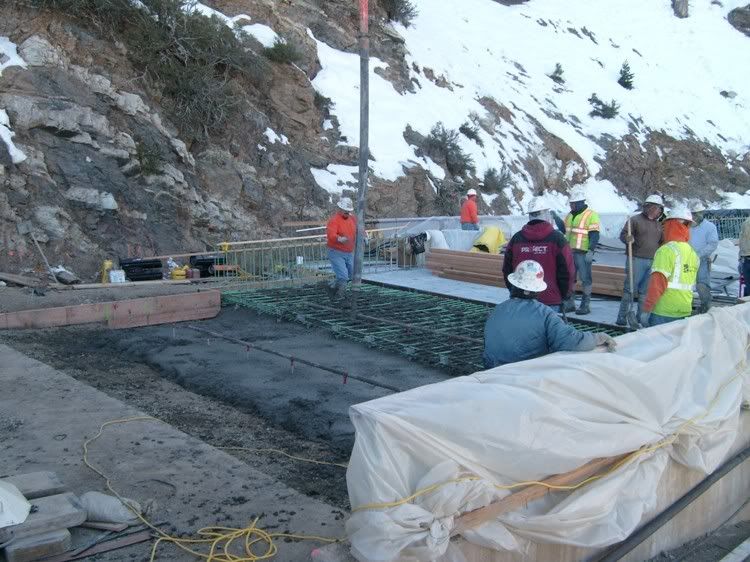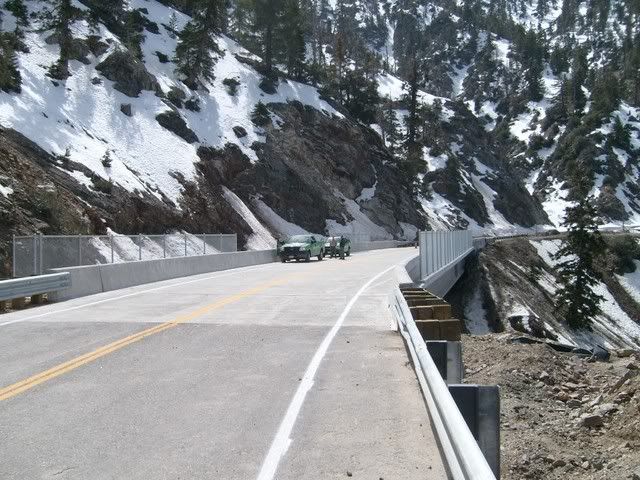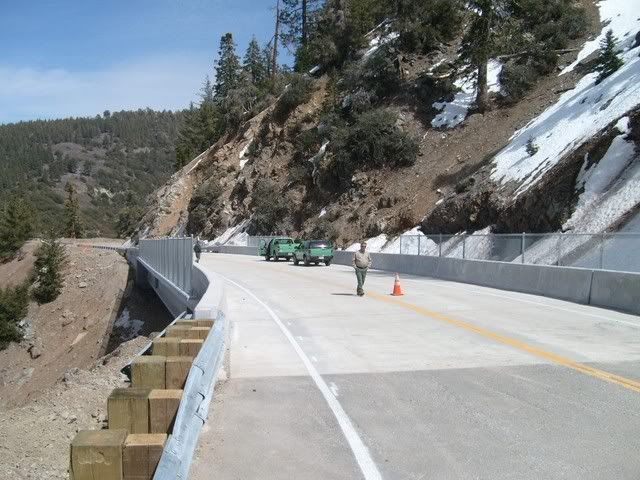I'm assuming you are talking about the LASO's two or three "county tacticals" or C Tacs as they are called. Citywide is a term used by the LAPD.
The Angeles NF has a pretty good system. You can't always hear the mobile units because when they can reach a remote base that has a microwave link they just talk simplex on channel 1 (simplex). If they can reach another unit on channel 1 for car to car they stay on simplex. If they can't reach the other unit or are out of range of a remote base they switch to channel 2 (repeater) and choose a tone for the repeater within their range. There are 14 or 16 repeaters on the Forest, which for a 690,000 acre National Forest is very good. My last Forest, the Inyo, is just short of 2,000,000 acres and nearly 170 miles north to south, in two mountain ranges, the Sierra and to the east the White/Inyo Mountains. We had 9 repeaters.
Field units cannot hear all the traffic for the entire Angeles NF and there are some real disadvantages to that. But the advantage is that they don't have to hear all the traffic and don't have to monitor it all while contacting the public and such. When the traffic is important they do hear it. On the Inyo National Forest we could hear almost all of the traffic for the north end of the Forest where visitors traveled between the north portion of the White Mountain Ranger District and all of the Mammoth and Mono Lake Ranger Districts. We could hear if Lee Vining or Rock Creek canyons had full campgrounds so that we did not tell people to go there when the Mammoth District campgrounds were full. We did not have to listen to the typical traffic about wilderness permits on the Whitney trail and the parking problems at Whitney Portal that were so far away that it did not affect anything we were doing on the north end. Thank goodness! If the Whitney Portal parking lot or Lone Pine Creek campground were full it did not affect anything we were doing on the Mammoth Ranger District, so why should we have to hear the radio traffic about it?
The feds don't use simulcast or multi cast repeaters like many counties and cities have. Forest Service radios must be able to work on various VHF federal radio systems around the country. When the Forest Service was tasked with debris recovery for the Columbia space shuttle tragedy, they had to operate on a number of different federal, state, county, and city VHF radio systems in Texas, Louisiana, and Oklahoma. The radios must have high channel capacity and the ability to be programmed on relatively simple radio systems. Even though they don't use digital almost 100% of the time their radios are required to have digital capability in case they have to interface with a federal agency that uses it. They can't use radios that would be able to work on many different protocols used by counties and cities.
The LASO uses UHF and UHF field radios are rare in federal natural resource agencies. Some agencies in the eastern U.S. use UHF exclusively, but most of the federal UHF band is utilized for linking in the Forest Service, BLM, National Park Service, U.S. Fish and Wildlife Service, and BIA. UHF is used for logistics and in camp use on large federal incidents, but not in the field.
As time goes on and funding is available, the Forest Service and National Park Service have been increasing the number of repeaters in National Forests and National Parks. This is the reason the standard tone list, shared with the state of California has increased to 16 tones. Increased numbers of repeaters indicates that jurisdictions are filling in as many dead spots as they possibly can.
Angeles fire units have a L.A. County Fire Department UHF radio in them and can communicate with them as needed. Many of the units monitor Blue 8 all the time and try to hear dispatches for anything that affects the Forest. The dispatch center at Fox Field does the same, but mostly relies on a computer that monitors the dispatches that L.A. County sends over MDT's. Being around an Angeles unit that is monitoring Blue 8 is really a pain, given all the beeping and constant dispatching. It would drive me nuts if I had to listen to that all the time. Fire units want to get the jump on the normal circuit between Fox Field and the LaCo fire dispatch center and that is why the monitor it much of the time. I have not hung out with anyone in law enforcement on the Forest in almost 25 years so I don't know if they have LASO radios in them. The LaCo fire units use VHF for fireground communications and can easily interface with the Angeles and most of the National Forests, Parks, and BLM jurisdictions in the state.





